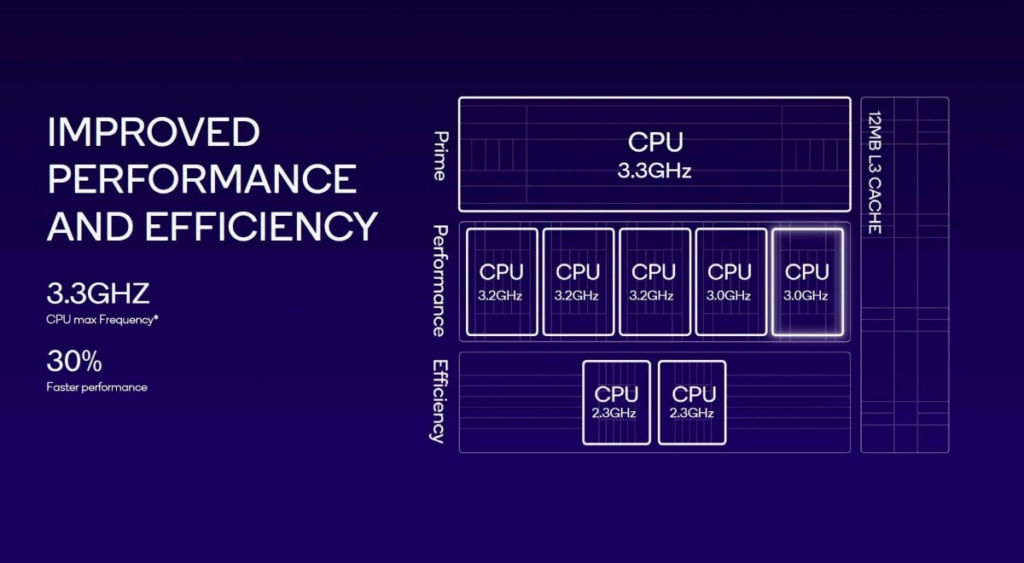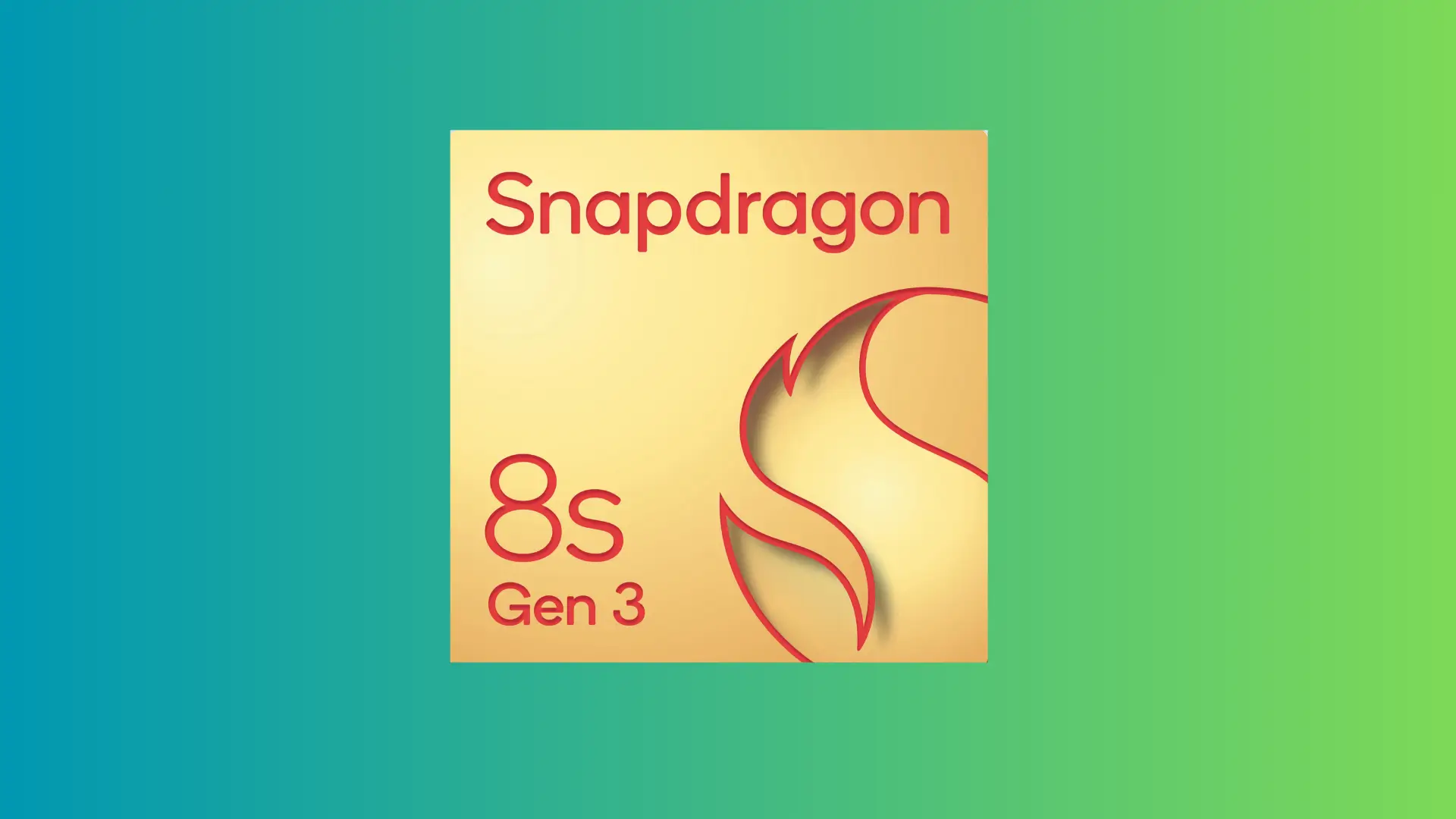Last Updated on July 22, 2024 by Nahush Gowda
Following the tease about a new Snapdragon processor, Qualcomm has launched the 8s Gen 3 officially. While Snapdragon 8 Gen 3 is powering all the top flagships in the market, the younger sibling is meant for the less expensive mid-range flagship phones.
But, what’s the difference between these processors? Aside, from the ‘s’ in the name. The Snapdragon 8s Gen 3 is simply a cut-down version of the SD 8 Gen 3. Here’s a difference between their specifications.
| Snapdragon 8s Gen 3 | Snapdragon 8 Gen 3 | |
|---|---|---|
| Fabrication Tech | 4nm TSMC | 4nm TSMC |
| CPU (Performance Cores) | 1x Cortex-X4 @ 3.0GHz 4x Cortex-A720 @ 2.8GHz | 1x Cortex-X4 @ 3.3GHz 3x Cortex-720 @ 3.15GHz 2x Cortex-720 @ 2.96GHz |
| CPU (Efficiency Cores) | 3x Cortex-A520 @ 2.0GHz | 2x Cortex-A520 @ 2.3GHz |
| GPU | Adreno 735 | Adreno 750 |
| RAM | LPDDR5x 4,200MHz | LPDDR5x 4,800MHz |
| Storage | UFS 4.0 | UFS 4.0 |
| USB | USB 3.1 Gen 2 (10Gbps) | USB 3.1 Gen 2 (10Gbps) |
| Cellular Modem | X70 5G | X75 5G |
| ISP | Triple 18-Bit Spectra | Triple 18-Bit Spectra |
| Video | 4K HDR @ 60fps 1080p @ 240fps | 8K HDR @ 30fps 4K @ 120fp |
Difference in CPU cores
The glaring difference is in the CPU cores and the GPU. The new Snapdragon 8s Gen 3 has a total of 5 performance cores and 3 efficiency cores (or small cores). The 5 performance cores include one prime core – Cortex-X4 clocked at 3 GHz.
In comparison, the Snapdragon 8 Gen 3 also has the prime core Cortex-X4, but it is clocked at a higher 3.3GHz. It also has 5 more big cores, making a total of 6 performance cores.
As for the efficiency cores, the SD 8s Gen 3 has three Cortex A520 cores clocked at 2 GHz. The SD 8 Gen 3 has only two efficiency cores at 2.3GHz.

The core architecture in SD 8s Gen 3 will be similar to the 8 Gen 3 but with one less performance core in the middle (see image above) and one extra efficiency core at the bottom.
Difference in GPU
The Snapdragon 8s Gen 3 sacrifices some features compared to its predecessor. Its Adreno 735 GPU lacks global illumination effects.
The Snapdragon 8 Gen 3 features the superior Adreno 750. However, the performance between the two might not be too much in real-life scenarios like gaming.
The difference between Adreno 730 and Adreno 750 in most games is insignificant. Adreno 735 in SD 8s Gen 3 will most likely perform better than Adreno 730 bridging the performance gap even further.
Related: Everything We Know About Snapdragon 8 Gen 4
Other Differences
It supports slightly slower LPDDR5X RAM (4,200 MHz vs. 4,800 MHz). The ISP limits video recording to 4K/60FPS HDR, lacking 8K/30FPS or 4K/120FPS.
Finally, the Snapdragon X70 modem reduces peak download speeds to 5Gbps (from 10Gbps).
Related: OnePlus 12 Global Launches with Snapdragon 8 Gen 3
Good performance for a cheaper cost
SD 8s Gen 3 might hit that sweet spot of lower cost and good performance with this processor. It will go well in many of the mid-range flagship phones, which can attract buyers with flagship-level performance, but cheaper.
Of course, it cannot match the performance of the SD 8s Gen 3, but we hope that the compromises made here don’t cripple it too much. If it handles power efficiency and performance well, we will soon see it in many mid-range smartphones.

Leave a Reply
You must be logged in to post a comment.